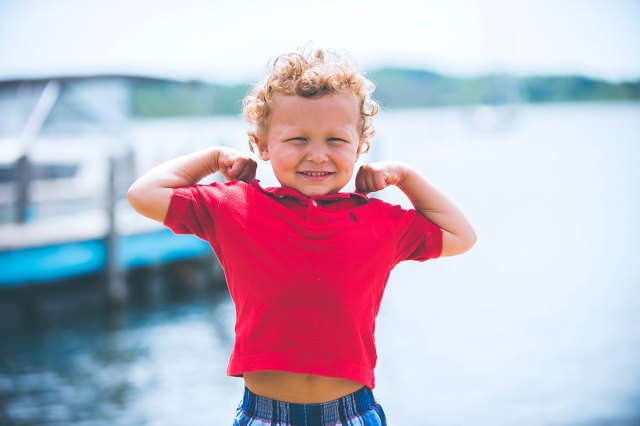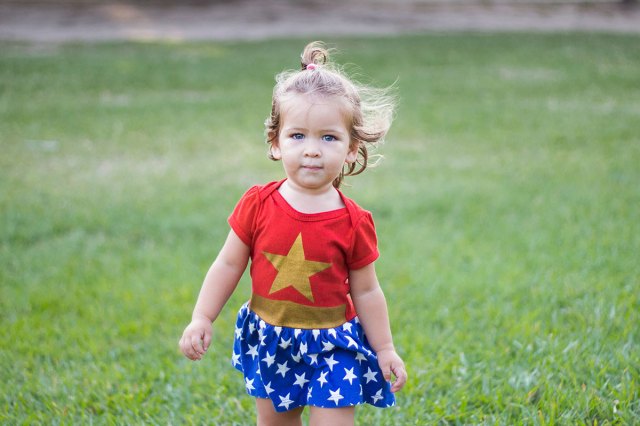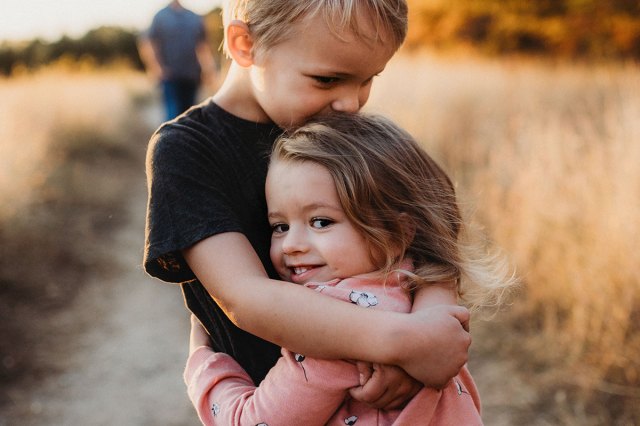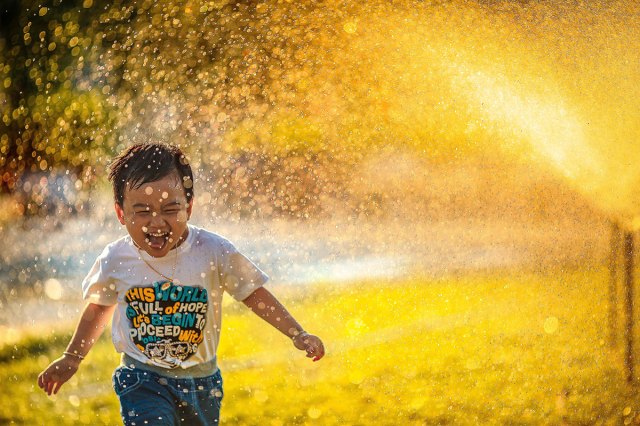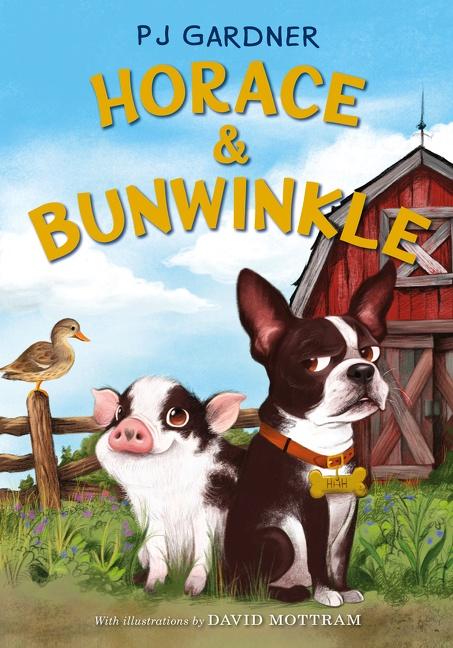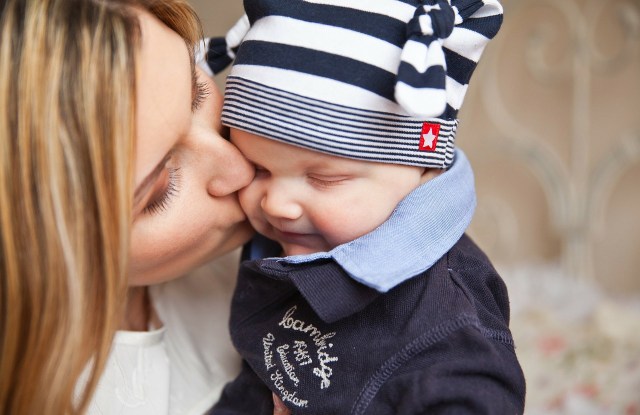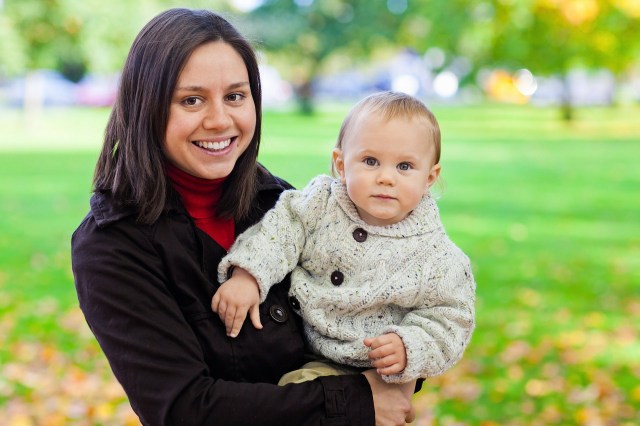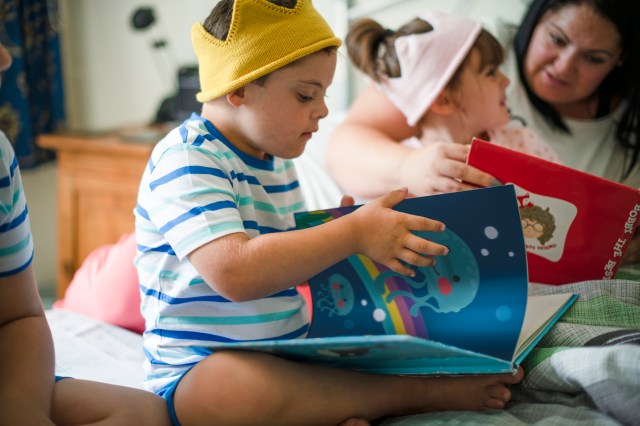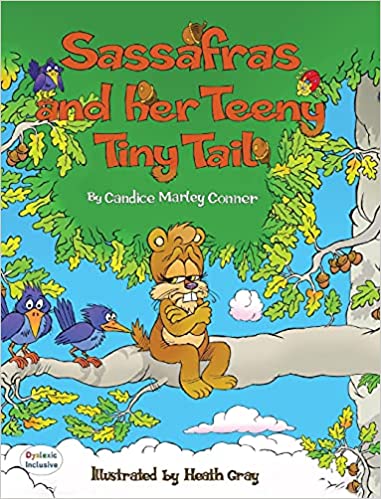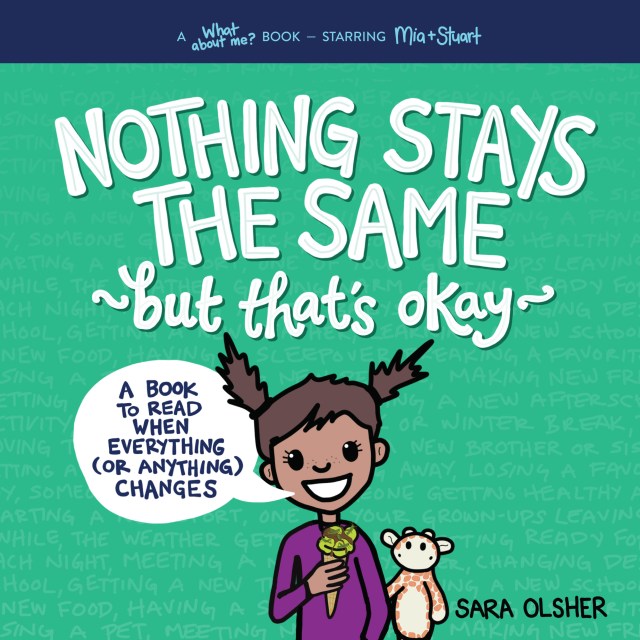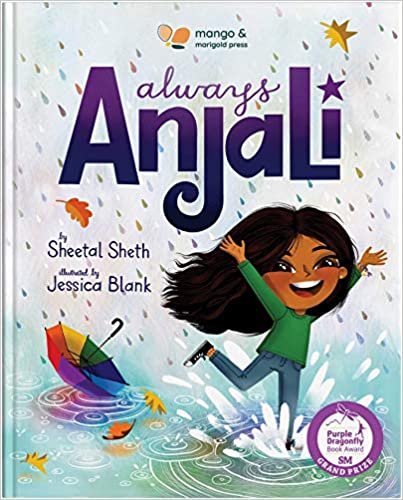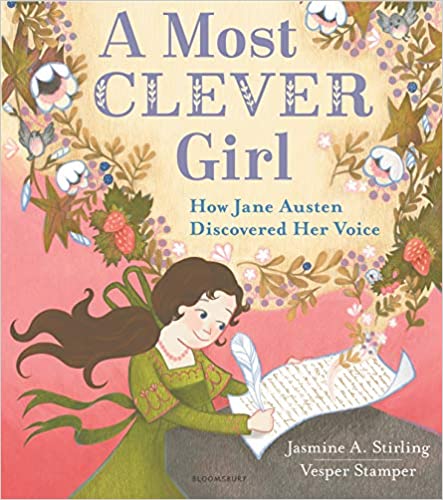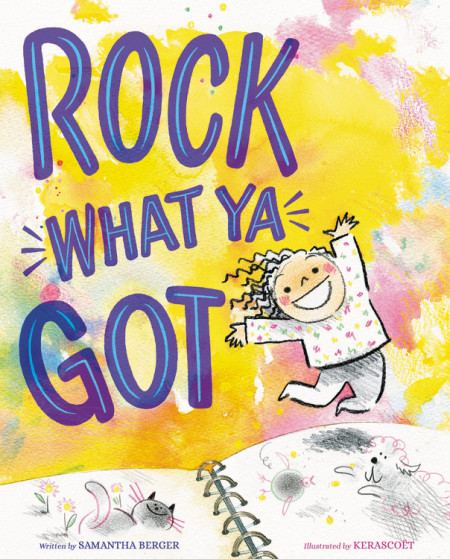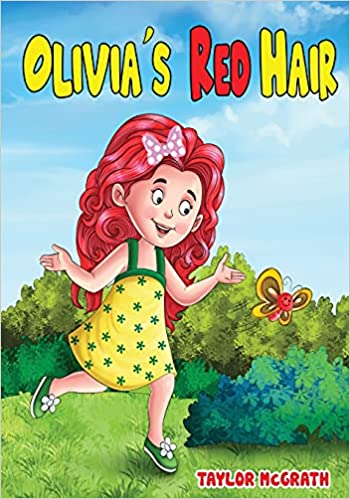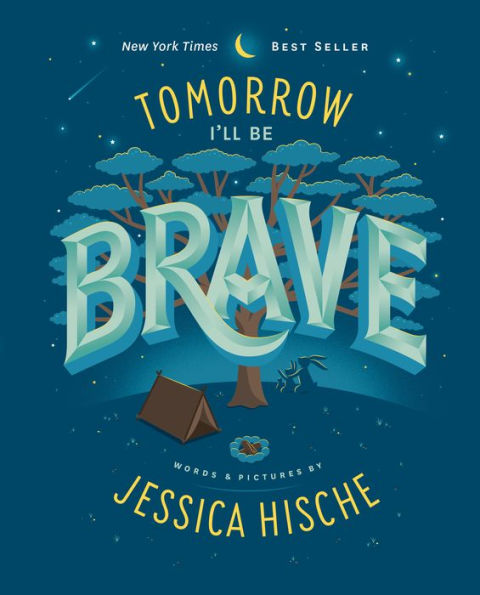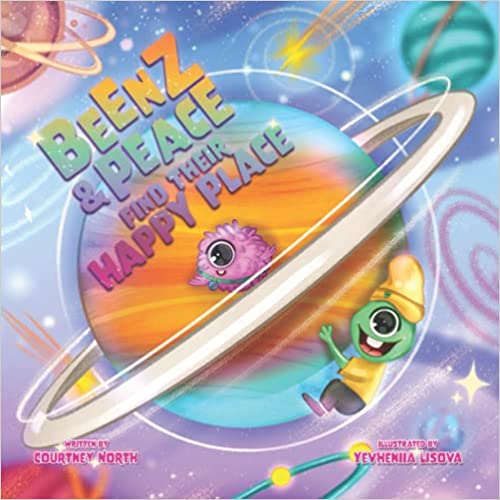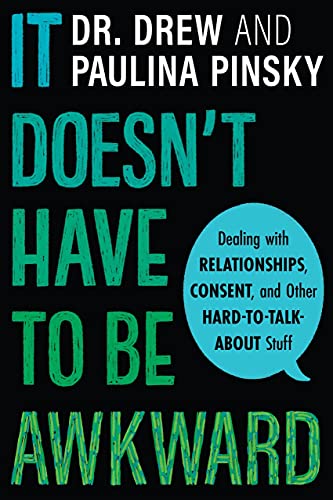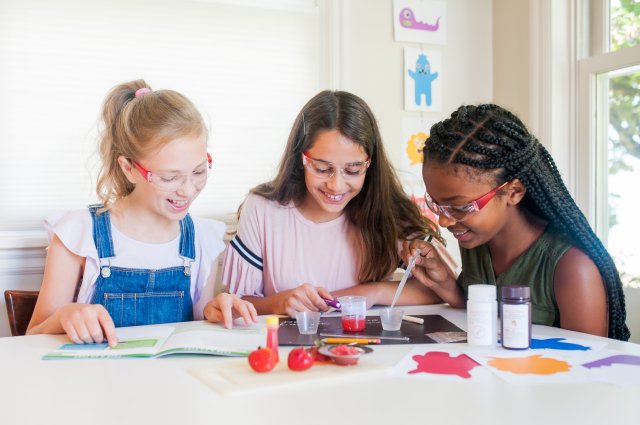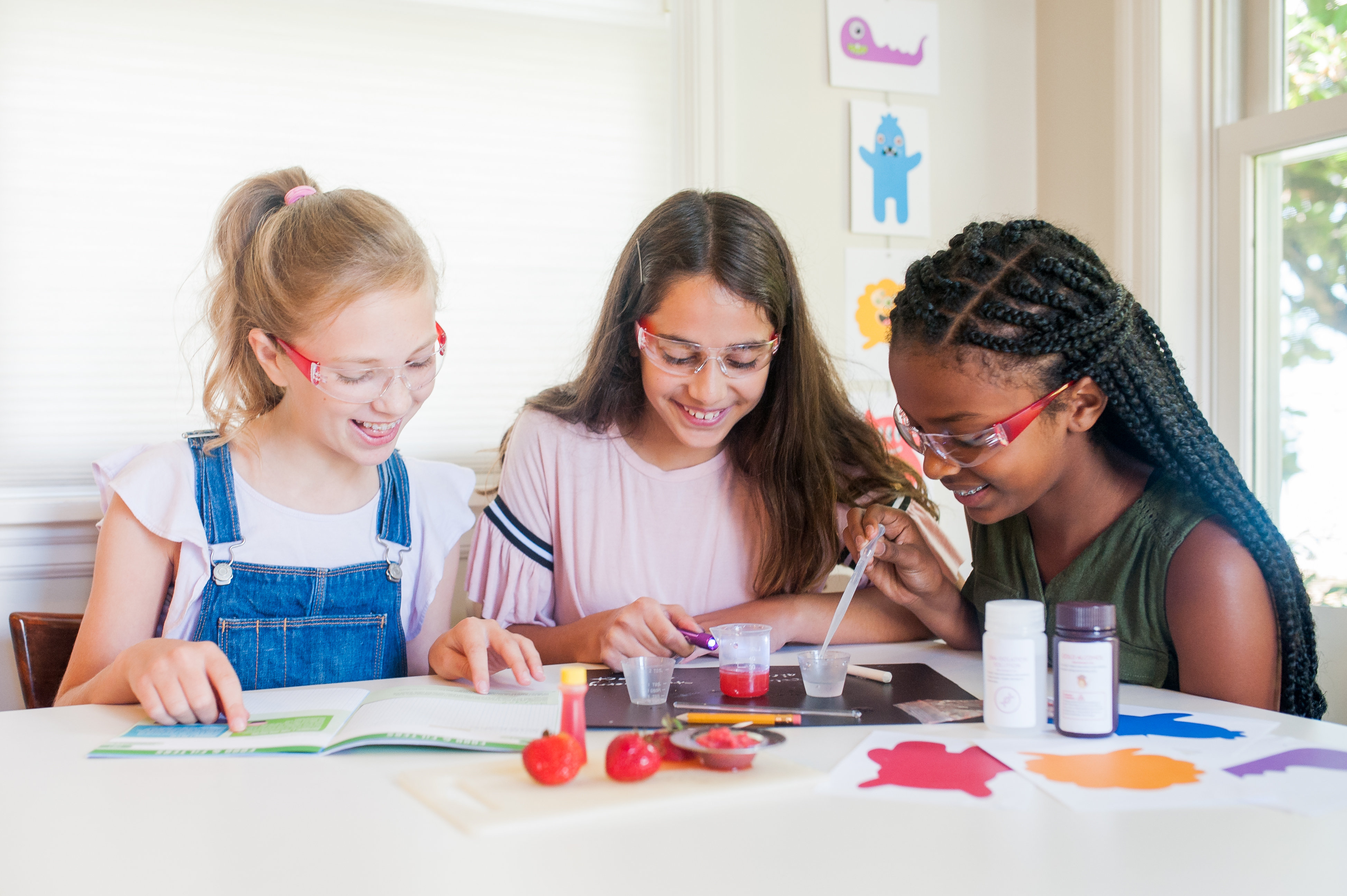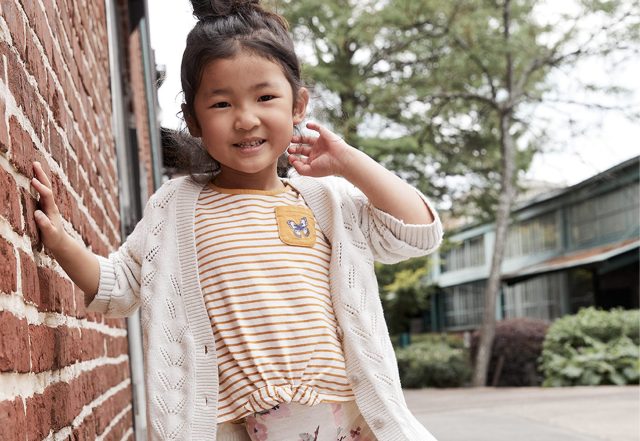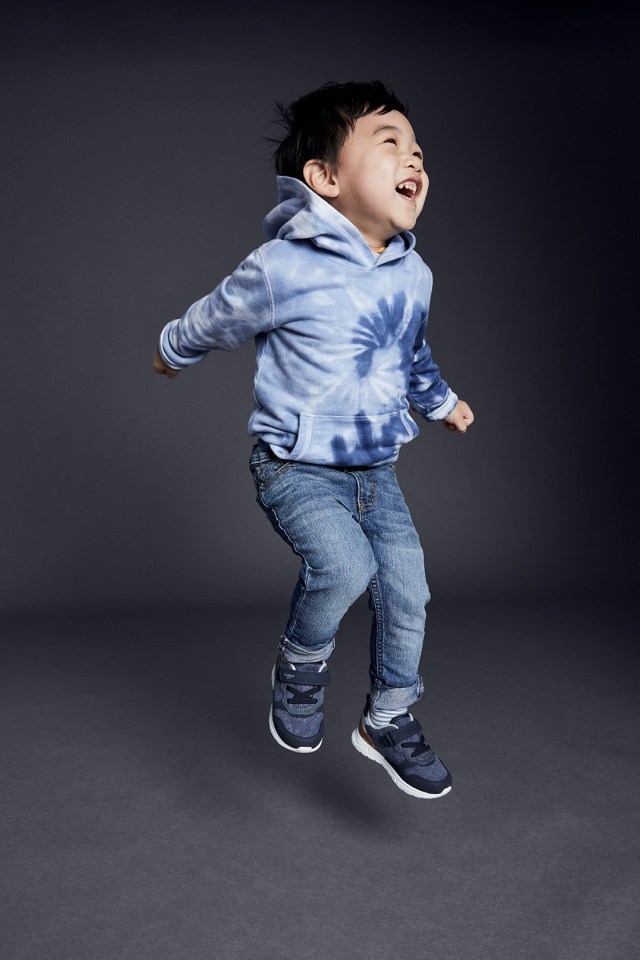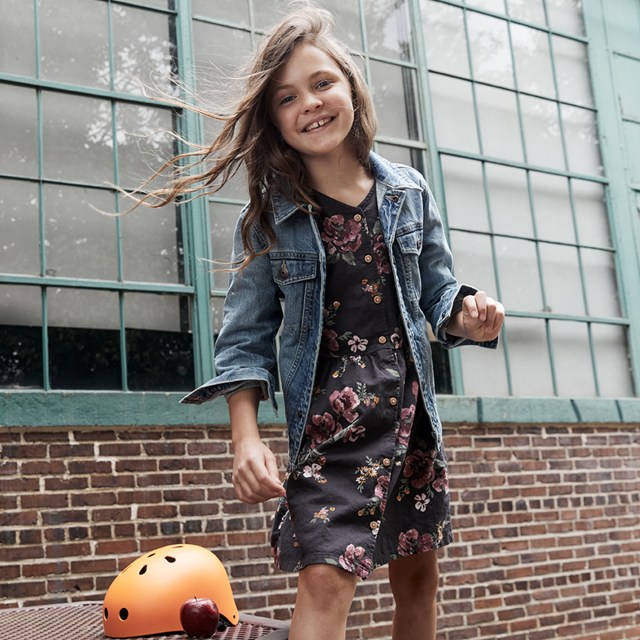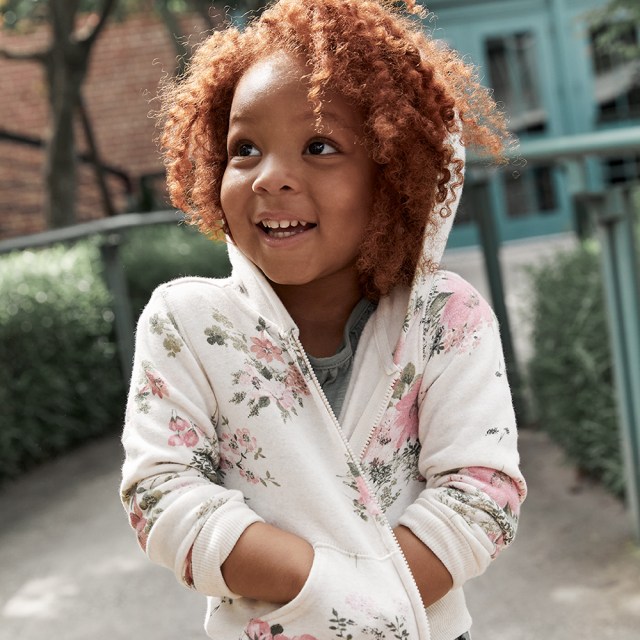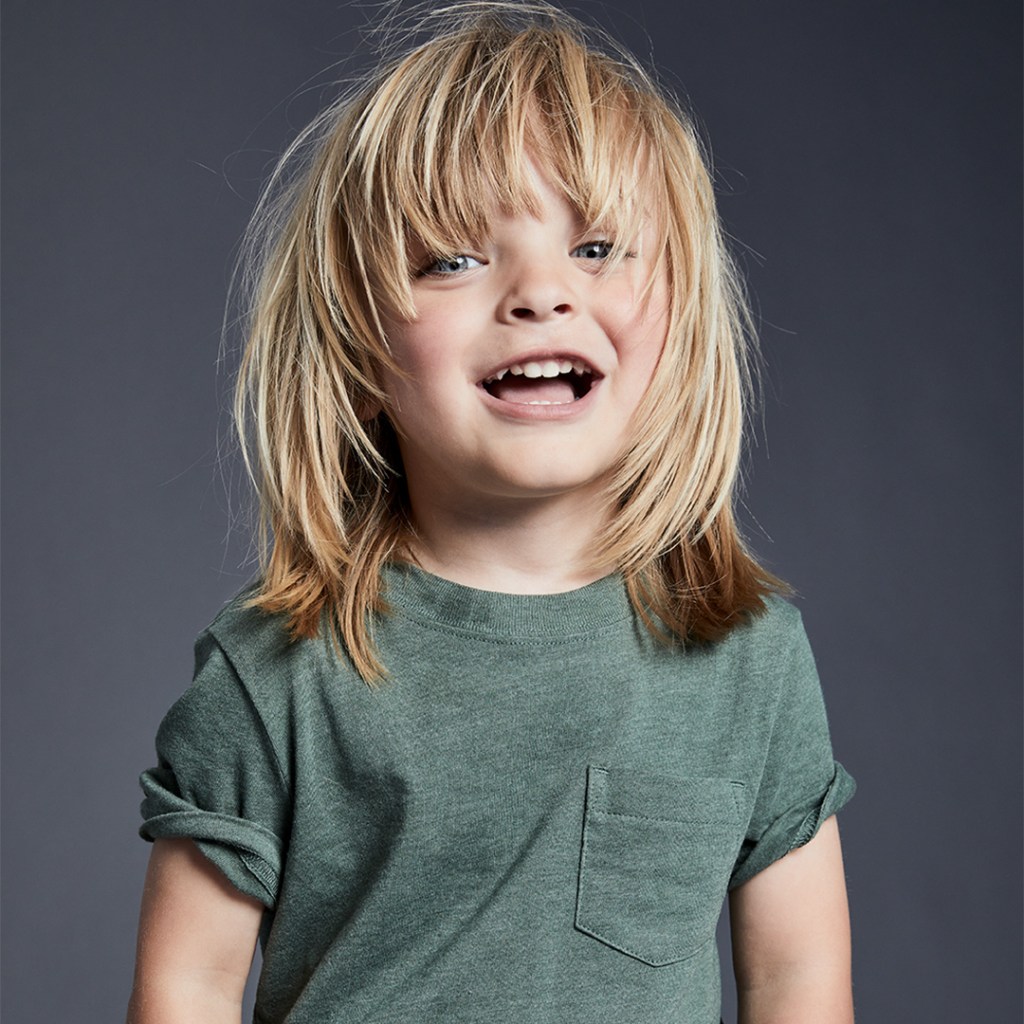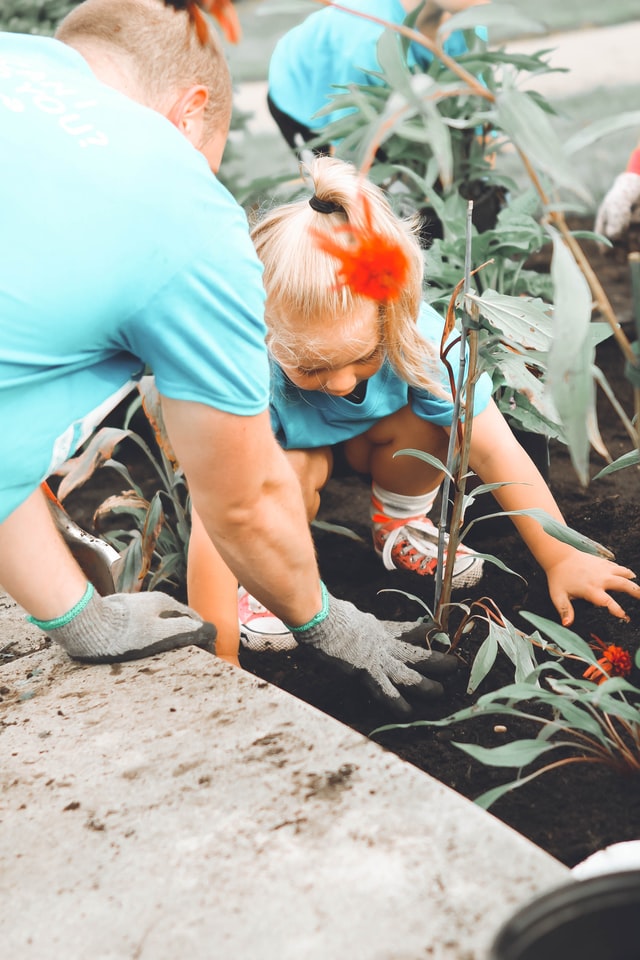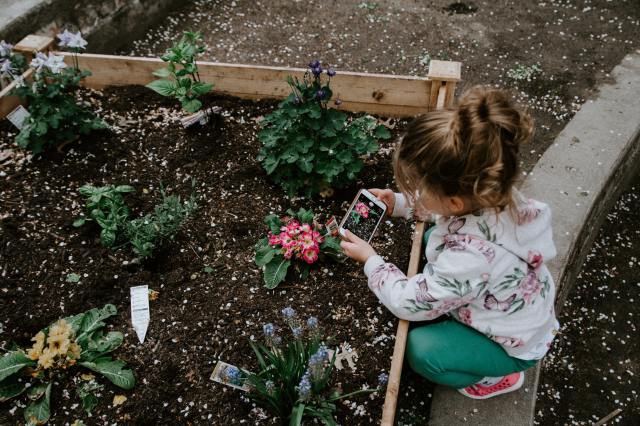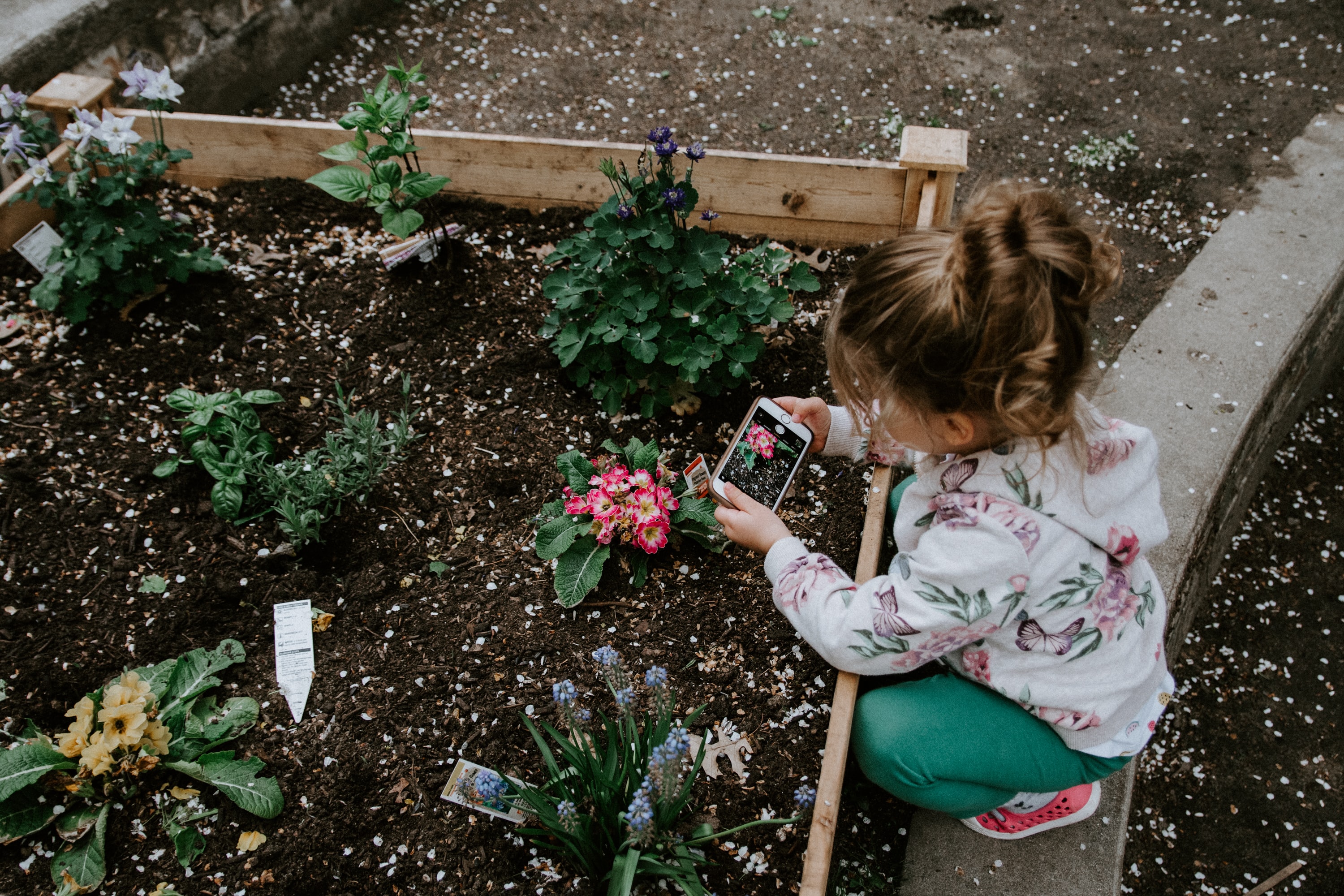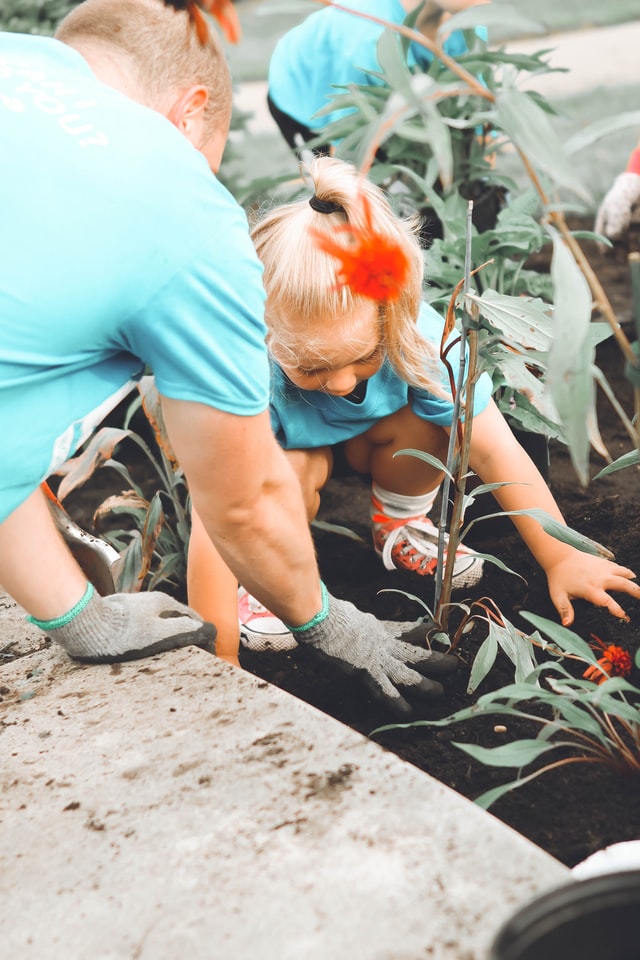
One of the most valuable things you can give is your time. Those who volunteer not just benefit those who receive the help, they’re benefiting themselves as well.
As a parent, you want to instill values into your children. An excellent way to do this is by volunteering with them. There are so many ways to get involved, whether it be in your local community or beyond.
Below, are all the reasons you should volunteer with your child, no matter what their age.
1. It builds relationships. Volunteering allows you to bond in a new way with your kids. Most volunteer opportunities are surrounded by teamwork, meaning you and your children can work together on a project.
Additionally, volunteering gets everyone out and into a new environment. You and your children get to explore that together. Plus, volunteering might be a new activity for you both to enjoy. Your children will value the time they get to spend with you just as much as you will love spending time with them.
2. It teaches social skills. Another reason to volunteer with your children is that you can help them build their social skills. Volunteers come from all walks of life. There may be some older adults there or even kids around your child’s age. When they’re able to meet new friends, they can engage with them over this similar activity.
They can learn how to better interact with others, boosting their confidence and helping them interact even outside of the volunteering group. Social skills are necessary for success, so by volunteering with your kids, you can offer that to them.
3. It expands friendships. Once you and your child work on social skills through volunteering, you can expand your friendships, too. Your child will no doubt make new friends through volunteering. This might be other volunteers or even people within your community that you’re helping.
Your child will make friends, and you can go and meet their parents to create friendships as well. This will help expand their friend group. They may make new friends of different ages, races and backgrounds. Every time you go back to volunteer again, you and your children will be able to spend time with your friends!
4. It offers a sense of community. Volunteering with your children also offers a sense of community. When children are exposed to the news through various media outlets, it can be difficult for them to distinguish what it might mean to be part of a community. They see things from throughout the world but may not have an idea of their own community, especially if there aren’t any children’s programs available to them.
When you take them to volunteer, they have the opportunity to ground themselves in the community. They can feel as though they’re making a difference in their corner of the world. When you go alongside them to volunteer, they’ll see that you also care about your community. Your children can learn about the people and places that have helped shape them. It’s easy to get caught up in your daily lives, but volunteering helps ground you both.
5. It inspires gratitude & empathy. It can be challenging to teach your young children about gratitude and empathy. However, volunteering can ease that challenge. Some volunteer projects may have you and your children working with those less fortunate than you. Your children will learn to be grateful for what they have. After a day of volunteering, have a conversation with your child about what they noticed about the people you helped.
Gratitude is something that is cultivated, and your children will experience that firsthand. Empathy is also something your children can learn through volunteering. Children often have a sense of wanting to help others. Once they see the impact they’re making on others in their community, it will further inspire them to continue volunteering throughout their lives.
6. It provides meaningful family time. With the busy lives that you and your children have, volunteering offers a chance to slow down. When you’re volunteering, you’re not on any sort of schedule. You go to offer your help, whether that be physical labor or just talking with others. Volunteering as a family allows you to spend meaningful time with one another.
After a day of volunteering, you can go home and discuss everything you did. This allows you to have meaningful conversations that go beyond your day-to-day lives. This world is full of distractions, but volunteering enables you to go without distractions and be in the moment.
7. It provides great health benefits. Finally, volunteering provides excellent health benefits for both you and your children. Screens are a huge part of most children’s lives. A child tends to be in front of a screen for 7.5 hours every day, which can be detrimental to their health. This means their days are spent either sitting or staying in one place for an extended period.
Volunteering offers an opportunity to get children—and parents—away from the screen and outside. Volunteer opportunities often take place outdoors where you’re on your feet or at least moving around.
The next time you have a free day or weekend, use it to volunteer. Find a local project you and your child can participate in to better the community. You’ll enjoy getting to spend time with your child, and you’ll love seeing the impact you’ve made.
RELATED STORIES:
5 Easy Ways to Volunteer as a Family, Even with a Busy Family Schedule
6 Fun Ways to Volunteer with Your Preschooler
Kara Reynolds is the Editor-in-Chief and founder of Momish Magazine. A mom of four and matriarch to her big blended family, Kara wants nothing more than to normalize differences in family structures. She enjoys peeing alone, pancakes, and pinot noir - but not at the same time.
